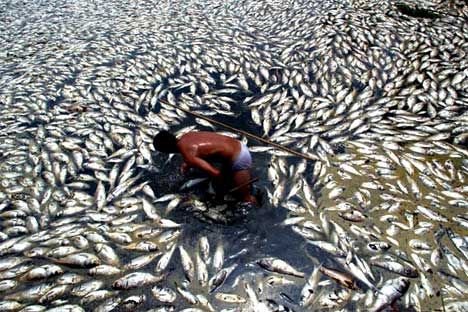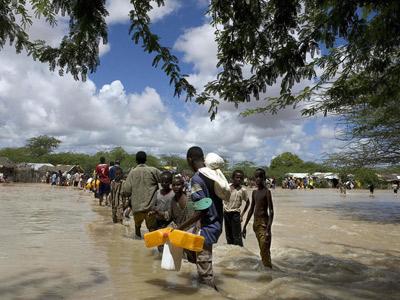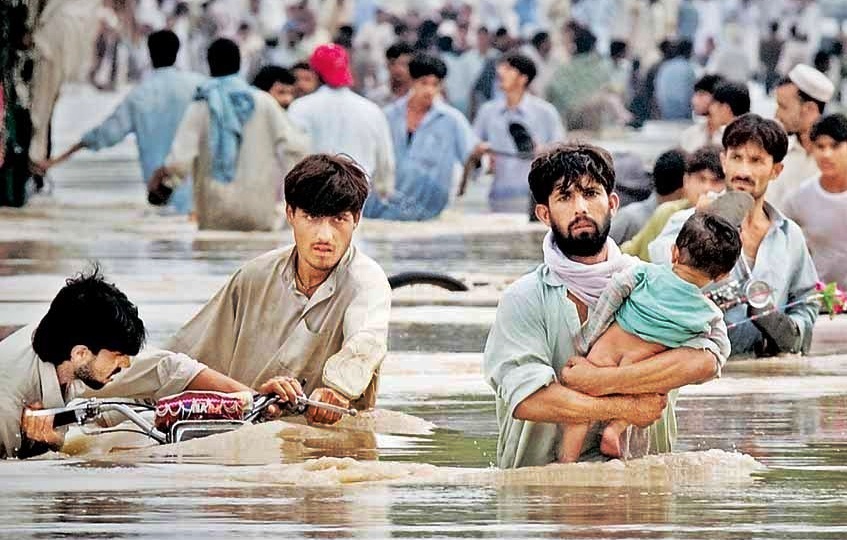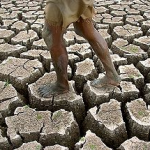Environmental Refugees
People whose homes and communities are destroyed by environmental disasters, either natural or man-made, are called environmental refugees. The world is experiencing more refugees from environmental damage than armed conflict. Decades of deforestation and poor soil management, and increased intensity and frequency of extreme weather events impact the ability of people to feed themselves and their families. Climate change is transforming life on the Earth with seasons shifting, temperatures climbing and sea levels rising, as well as increasing natural disasters. People are forced to flee their homelands. Unsurprisingly most environmental refugees come from developing countries, another example of inequity.
Children are more likely than adults to perish during natural disasters and to succumb to malnutrition, injuries or disease in the aftermath. Over 96% of all recent disaster-related deaths worldwide occur in developing countries. Again, the poorest of the poor, in Africa, the Middle East and Asia are most heavily impacted.

Although some wealthy countries provide humanitarian aid to people affected by natural disasters, we must not allow this instability to become the norm.

Why should we care?
- Natural disasters affect all of us, even though people in privileged places are able to recover more quickly, the social and economic impacts are growing. For the poor, natural disasters are life threatening.
- Accesses to clean drinking water and food and adequate housing are human rights. Being aware of this helps us realize that we must aid those who are deprived of these rights.
- Unless we change human activities damaging the environment, there is no guarantee of a safe future for us or our children.


Fast facts
- Most environmental refugees have migrated within their own countries and regions.
- The UN estimates that hazards resulting from the increasing intensity and frequency of extreme weather events cause more than 20 million people on average to leave their homes each year and move to other areas.
- In 2020, natural disasters displaced more than 30 million people within their countries, three times as many as armed conflicts did.
- In 2019, climate-related hazards triggered about 24.9 million displacements in 140 countries. The number will climb to 200 million each year by 2050 without ambitious climate action and disaster risk reduction (UN, 2020).
- About 18 million people in coastal Bangladesh are threatened as the sea levels are rising. Many island nations will disappear.
- In 2021, three million people in Northern Kenya are at risk of starvation due to a severe drought sweeping the region. Back in 2012, the region experienced one of the worst droughts in 60 years, and over 13 million people in Ethiopia, Kenya, Somalia, and the Republic of South Sudan were left in desperate need of food, water and emergency healthcare.
- In 2010, floods in Pakistan left over 20 million people homeless and swept away 2.2 million hectares of farmland. The intensity and frequency of these extreme weather events is growing.

